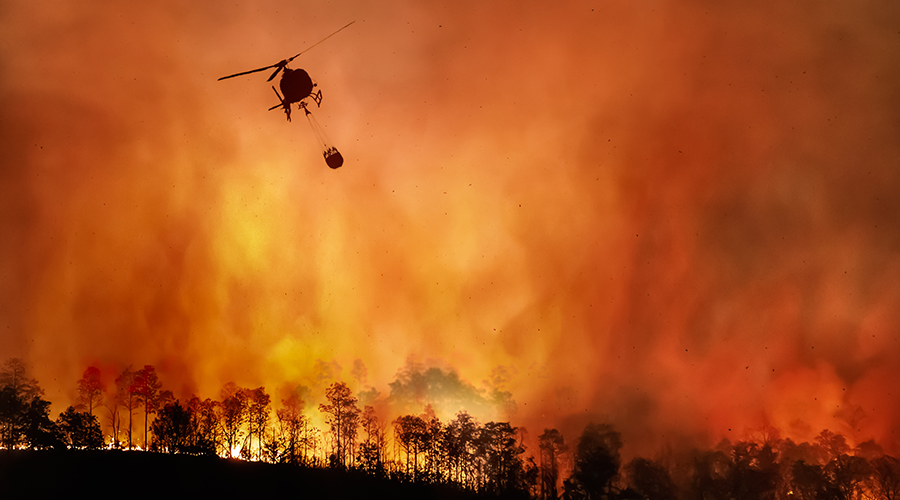When disaster strikes, it can be hard to know what to do in response. Panic ensues and chaos takes hold of the situation. However, it is the duty of society’s institutions, including healthcare facilities, to remain steadfast in the face of catastrophe. They are what maintain order and harbor resiliency amidst the mayhem wrought from disaster.
For example, the recent wildfire in Maui illustrates how destructive these events can be. More than 100 people have died and the town of Lahaina is nearly erased.
According to the Honolulu Star-Advertiser, nine burn patients were flown around 100 miles to Honolulu to be driven off to Straub Medical Center, who has the only burn unit in Hawaii. The nine patients were “the largest influx of patients from a single incident in the burn unit’s history.” The burn unit itself was built in the 1980’s and was the first one ever in Hawaii’s history.
Disasters like this, while uncommon, only underpin why healthcare facilities are crucial to a society’s emergency responses. Facilities must prepare for situations such as the Maui wildfires, because if they do not, lives could be at stake. That preparation goes beyond the capacity for patient care, as it extends into facilities management, too.
Facilities management plays many roles in emergency responses, with one of them being planning. They are tasked with creating emergency preparedness plans and training staff on those plans. Additionally, they help with planning the evacuation, including planning routes, meeting spaces and setting up proper signage for the routes. Without these plans in place, healthcare and facility staff would be left not knowing what to do.
Then comes their responsibility of managing resources, power and utilities. Individuals caught in these emergencies may have various needs to be met, such as food, water, or medical supplies. Facilities management makes sure these supplies get to where they are needed efficiently. They also must ensure that in the case of a power outage or system failures they have backups and redundancies ready. If a healthcare facility stops running properly, it can mean serious trouble for those in need.
Facilites staff are also tasked with protecting the facility itself and getting it rehabbed after the emergency. In the case of wildfires, protective measures can be taken through setting up fire-resistant barriers or making sure fire sprinklers and alarms are functional. Then, if there is damage to the facility, facilities management handles coordinating with the appropriate parties to get repairs done.
Lastly, facilities management can even play a role in the continuity of patient care. If a healthcare facility does not have the capacity for patient care, facilities staff can help with relocating patients to other care sites. They also help maintain electronic patient records so there is easy access to it if necessary.
There is no patient care if a healthcare facility is not ready and operational. It is the job of every facility manager and employee to ensure their building stays functional even if the outside world is not. If facility managers do not already have an emergency preparedness plan in place, now is the time to draft one.
Jeff Wardon, Jr. is the assistant editor for the facilities market.

 Hand, Foot and Mouth Disease on the Rise
Hand, Foot and Mouth Disease on the Rise BayCare Reveals Pagidipati Children's Hospital at St. Joseph's
BayCare Reveals Pagidipati Children's Hospital at St. Joseph's Preparing for the Hazards of Winter Weather
Preparing for the Hazards of Winter Weather Why Identity Governance Is Becoming a Facilities Management Issue
Why Identity Governance Is Becoming a Facilities Management Issue Habitat Health Opens South Los Angeles PACE Center
Habitat Health Opens South Los Angeles PACE Center